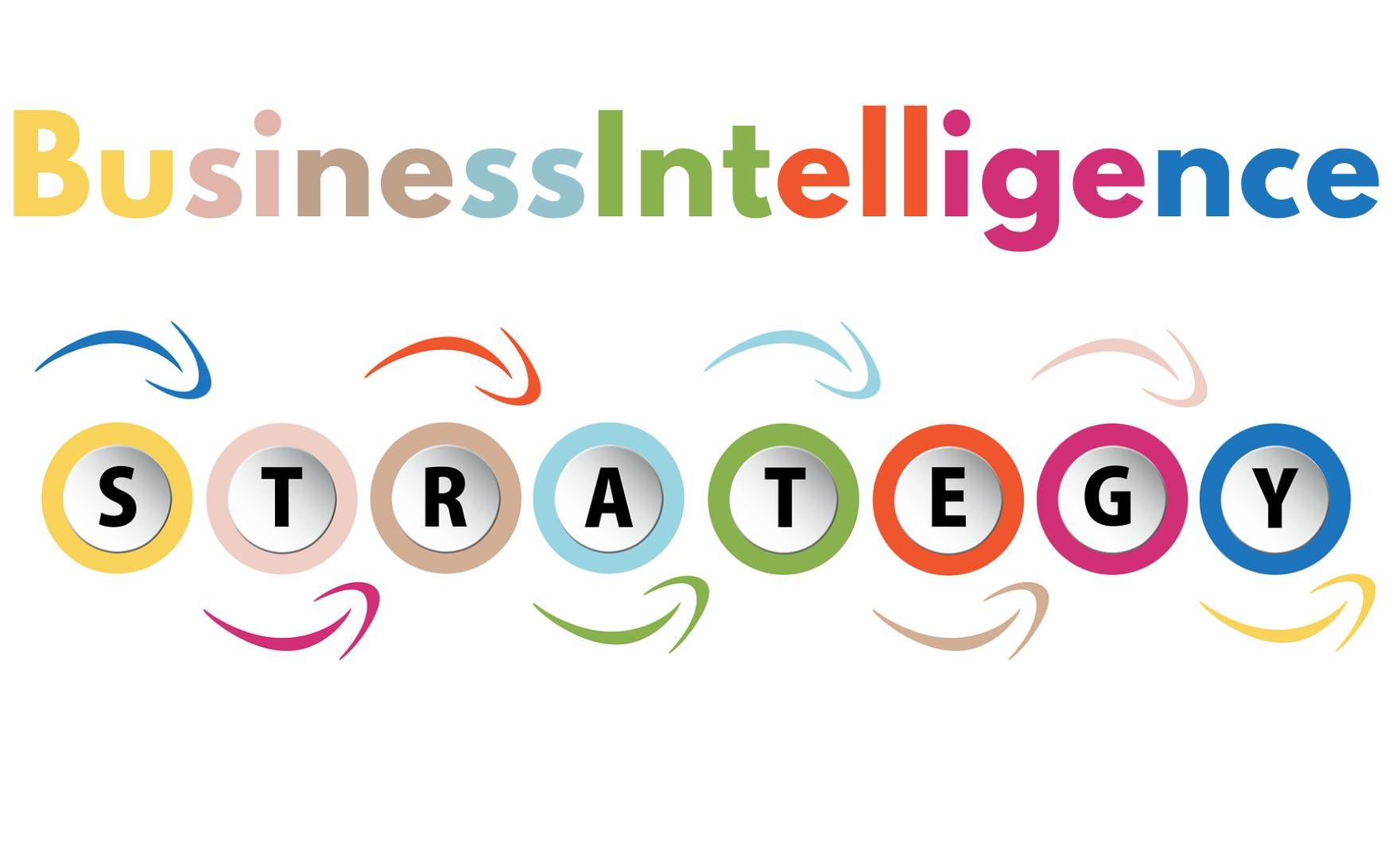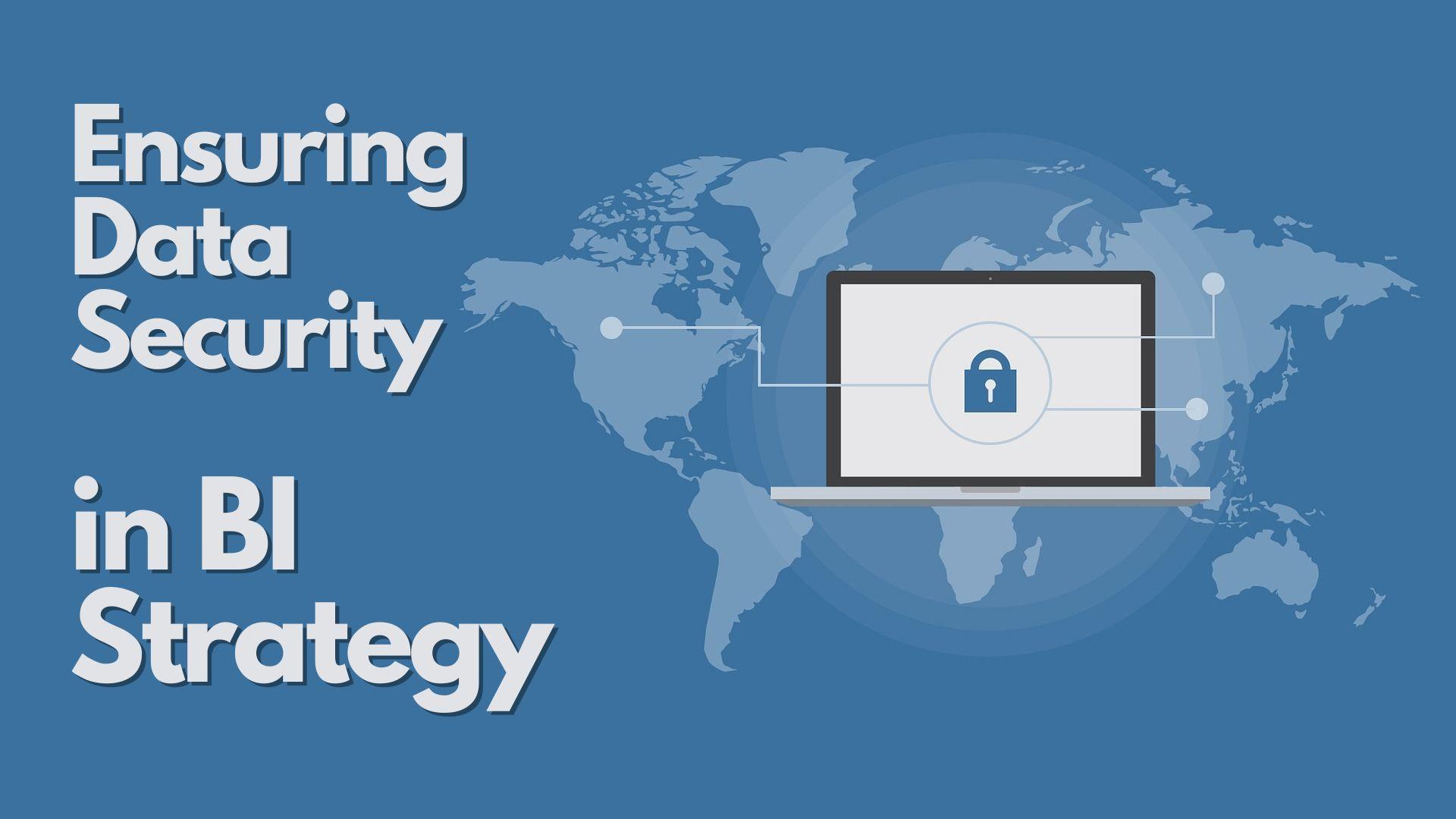Welcome to the gateway of strategic brilliance in the realm of business intelligence! In this expedition, we are set to unveil the secrets behind "Effective Planning for Business Intelligence Deployment" – a journey that traverses the intricate landscapes of data strategy, organizational success, and the unlocking of unparalleled insights.
Fasten your seatbelts; we are about to unlock the secrets that will redefine your approach to business intelligence deployment. This isn't just a blog post; it's your compass to strategic brilliance. Let the journey begin!
Defining Business Intelligence Strategy
Embarking on our exploration of "Defining Business Intelligence Strategy," we set out to demystify a term that often encapsulates the essence of data-driven success within organizations. At its core, business intelligence strategy is the blueprint that guides an organization in harnessing the power of data to make informed decisions and achieve its objectives. It's a carefully crafted plan that not only reflects the organization's current state but also charts a course for its data-driven future.
As we delve into the intricacies of business intelligence strategy, our journey begins with a meticulous dissection of its fundamental components. This involves breaking down the seemingly intricate concepts into more manageable elements, ensuring that readers, regardless of their familiarity with the subject, can grasp the essence of what constitutes an effective strategy. These components may include data governance, analytics methodologies, technology infrastructure, and the integration of business processes.
Uncover How BI Affects the Organization and Its Various Business Segments
Informed Decision-Making
Explore how Business Intelligence (BI) empowers decision-makers with timely, accurate insights derived from data analysis. Understand the pivotal role of BI in enabling informed decision-making processes across all levels of the organization.
Operational Efficiency
Delve into the ways BI streamlines operations, optimizing workflows, and resource allocation. Discover how BI tools enhance operational efficiency by identifying bottlenecks, reducing waste, and improving overall productivity.
Revenue Growth
Uncover the correlation between BI implementation and revenue growth within organizations. Examine real-world examples showcasing how BI-driven strategies contribute to increased sales, enhanced customer experiences, and revenue generation.
Cultural Shift
Investigate the transformative effect of BI on organizational culture, fostering a shift towards data-driven decision-making. Explore how successful BI adoption cultivates a culture of accountability, innovation, and continuous improvement across business segments.
Business Intelligence (BI) is pivotal for organizational success, revolutionizing decision-making, operational efficiency, revenue growth, and cultural dynamics. By empowering informed choices, optimizing workflows, driving revenue, and fostering a data-driven culture, BI propels organizations towards strategic evolution and competitive advantage.
Building a Comprehensive BI Roadmap
Our journey continues with a detailed guide on crafting a comprehensive BI roadmap. We will break down the process into actionable steps, highlighting the importance of integrating short-term and long-term goals. Through practical examples, readers will learn how to create a roadmap that not only guides immediate actions but also serves as a strategic guide for future endeavors.
Aligning BI Strategy with Organizational Objectives
This segment will emphasize the interconnectedness of BI strategy with broader organizational goals. Through insights and case studies, we will showcase strategies for aligning BI initiatives with overarching business objectives. Readers will grasp the importance of ensuring that BI efforts are not isolated but contribute seamlessly to the overall success of the organization.
BI Strategy Best Practices
Embark on a journey through the foundational best practices of Business Intelligence (BI) strategy, drawing insights from industry leaders and successful implementations. This guide emphasizes key principles:
Ground your BI strategy in a deep understanding of organizational goals, data sources, and user requirements.
Tailor BI solutions to user needs, ensuring widespread adoption and maximum impact.
Adopt an iterative, agile approach to quickly adapt to changing business needs and technology.
Prioritize data accuracy, consistency, and security through robust governance frameworks.
Design BI strategies with scalability and adaptability to accommodate growth and evolving technology.
Establish a culture of ongoing learning, regularly assess BI performance, and stay informed about emerging trends.
Explore established methodologies like Agile and effective BI tools used by successful organizations.
This condensed guide aims to empower readers with actionable insights, providing a toolkit to enhance their own BI planning and deployment processes, ultimately propelling organizations toward data-driven excellence.
Ensuring Data Security in BI Strategy
This section focuses on the critical imperative of ensuring data security within the realm of business intelligence (BI) strategy. Key strategies for safeguarding sensitive data are outlined, emphasizing a comprehensive approach:
1. Encryption and Access Controls:
2. Compliance Considerations:
3. Data Masking and Anonymization:
4. Continuous Monitoring and Auditing:
5. Employee Training and Awareness:
6. Incident Response and Recovery Plans:
This comprehensive approach not only addresses technical aspects but also encompasses compliance, human behavior, and proactive planning. Readers gain insights into how to establish and maintain a secure BI environment in the face of evolving cybersecurity challenges.
Finding the Right Partner for Such Development/Implementation
Business Intelligence (BI) development and implementation, organizations often face the crucial decision of whether to handle the process internally or seek external expertise. Both approaches come with their own set of advantages and challenges, making the choice a critical one for the success of the project.
Internal Implementation:
- In-house Expertise: Leveraging internal talent can provide deep insights into the organization's specific needs and challenges.
- Cost Considerations: Internal implementation may appear cost-effective initially, as there are no external consultancy fees.
- Control and Flexibility: Organizations have greater control over the development process and can tailor solutions to fit their exact requirements.
- Potential Challenges: Internal implementation may face resource constraints, lack of specialized expertise, and longer development timelines, leading to potential setbacks.
External Implementation:
- Specialized Knowledge: External consultants bring specialized expertise and experience gained from working with various organizations.
- Efficiency and Timeliness: Engaging external partners can expedite the implementation process, ensuring timely delivery.
- Access to Advanced Technology: External consultants often have access to cutting-edge tools and technologies that may not be available internally.
BI development and implementation, finding the right partner is crucial for success. While internal implementation offers control and familiarity with organizational nuances, external consultancy brings specialized knowledge, efficiency, and access to advanced technology. Ultimately, it is advisable to seek external consultation before embarking on such developmental projects to ensure comprehensive solutions and maximize the chances of success.
Ready to elevate your BI strategy? Set up a consultation call with us and unlock the full potential of your organization's data-driven journey.
Transform Your Strategy Today
Unlock the secrets of effective business intelligence deployment and revolutionize your organizational approach. Dive into our comprehensive guide to gain actionable insights and practical tips. Ready to transform your BI strategy? Start your journey now!
Adapting Your BI Strategy to Technological Advances
As we conclude our exploration of Business Intelligence (BI) strategy, the focus shifts to adapting to technological advances for future success. Key insights include:
Staying Ahead
Readers will gain awareness of emerging technologies such as AI, machine learning, and cloud computing, understanding their potential impact on BI capabilities.
Embracing
Innovations
Practical tips and case studies guide readers on seamlessly integrating emerging technologies into BI strategies. Success stories showcase benefits like enhanced predictive analytics and improved data processing speed.
Future-Proofing Strategies
Anticipating technological shifts and building flexibility into BI strategies are vital for future-proofing. Insights into industry trends and scalable infrastructure strategies empower readers to adapt to advancements without major overhauls.
Agility in Adaptation
BI strategies must be agile to remain relevant in a dynamic landscape. Practical examples demonstrate how organizations foster adaptability through a culture of innovation, continuous learning, and strategic planning.
Strategic Planning for the Future
A roadmap for future success involves aligning BI initiatives with long-term goals and creating a framework supporting seamless integration of emerging technologies.
This forward-looking perspective serves as a guide for readers, encouraging them to apply these insights and embrace continuous adaptation and innovation in their BI strategies.
Conclusion
In conclusion, our journey through the intricacies of Business Intelligence (BI) strategy has been a comprehensive exploration of the fundamental principles, best practices, and forward-looking considerations that contribute to organizational success. From unlocking the secrets of effective planning to ensuring data security and adapting to technological advances, this holistic guide aims to empower readers with the knowledge and tools needed to navigate the evolving landscape of BI. As organizations strive for data-driven excellence, it is our hope that the insights shared here will serve as a compass, guiding them towards strategic decision-making, operational efficiency, and future success in the dynamic world of business intelligence. The key lies not only in mastering the current best practices but in fostering a culture of adaptability and innovation, ensuring that BI strategies remain agile and impactful in the face of ever-evolving challenges.
Read More About BI
Frequently Asked Questions (FAQs)
A strategic BI deployment enhances decision-making, operational efficiency, and overall growth. It provides transformative benefits, fostering a culture of data-driven decision-making throughout the organization.
External consultants bring specialized expertise, efficiency, and access to advanced technology, ensuring timely delivery and comprehensive solutions tailored to your organization's needs.
Key BI strategy best practices include a comprehensive understanding of organizational goals, adopting a user-centric approach, implementing agile methodologies, ensuring data quality and governance, and planning for scalability and future-proofing.
Ensuring data security involves implementing robust encryption, access controls, compliance with relevant regulations, data masking, anonymization, continuous monitoring, employee training, and having incident response and recovery plans.
Crafting a BI roadmap involves breaking down the process into actionable steps, integrating short-term wins with long-term strategic goals, aligning BI initiatives with organizational objectives, and employing key performance indicators (KPIs) as guiding metrics.

